
As my expedition nears its end, and I pack to go home, I am reflecting on why Arctic research is so important. We can think about this question from the perspective of human lifestyle, ecosystems, and the interaction between those.
Starting with Ice
Looking at the photo of Greenland's coast, taken from a plane, you can see large and small icebergs that have calved off of the Greenland ice sheet. Each of these melts as it drifts south, raising the level of the ocean just a tiny bit and lowering the concentration of salt just a little bit. Cumulatively, all of these little bits can add up to a substantial change. Already coastal communities and coral reefs around the world are feeling the impact as the tides and storm surges rise higher, and the water is less salty. (If all of Greenland's glacier melts, sea level could rise by as much as 6m (20 feet).
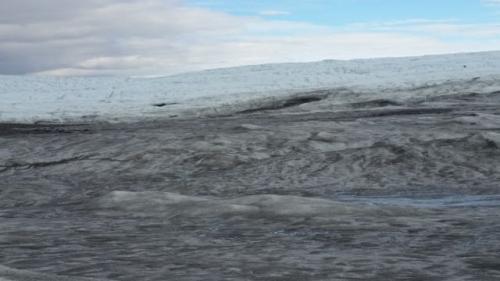
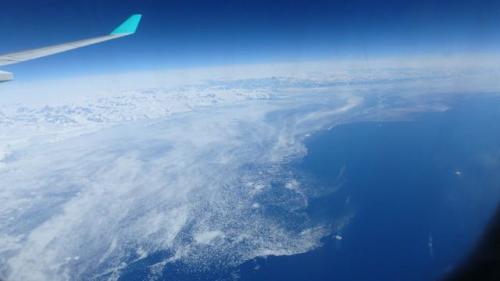
Moving on to PermafrostPermanently frozen ground.
The permafrost is a limiting factor for the ecology in polar regions. Because the ground is frozen, roots cannot grow deep, so plants cannot grow large. (The forest photo below shows how little a set of trees has grown since they were introduced 40 years ago!) Consequently, the populations of animals that live in these regions are limited as well. If the permafrost melts, ecosystems will certainly change as plants' roots can reach deeper, so plants will grow larger, providing food for more herbivores. Will this mean forests will grow here? Or will it mean that there are more herbivores eating up all of that vegetation?

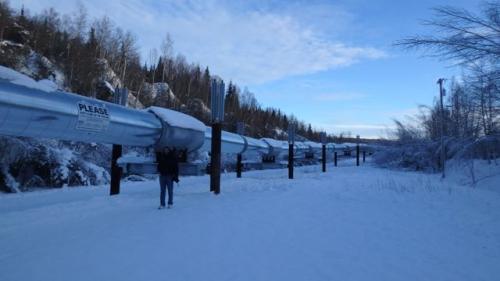
Interaction of Humans and Ecosystems
Changes in climate cause changes in the range in which organisms live. Warmer conditions allow warm-loving organisms to spread into new regions of the world. An example of this is the spread of disease-causing microbes carried by mosquitoes (such as those that cause malaria). Warmer conditions will also cause some organisms to die because they cannot stand the warm conditions, such as cold water fish in warming lakes. With animals and plants changing their ranges, the timing of flower blooming, pollinator development, fruit growth, and migrating animals may all shift in ways that we are not very good at predicting yet. This is why Christine's research is so important. With changing ranges, there will also be more interactions between humans and animals which may endanger the animals, the humans, or both. Animals can lose their habitats and food sources, be hit by cars, and have trouble finding mates. Humans can encounter dangerous animals and animals that carry disease and can have their food sources damaged.
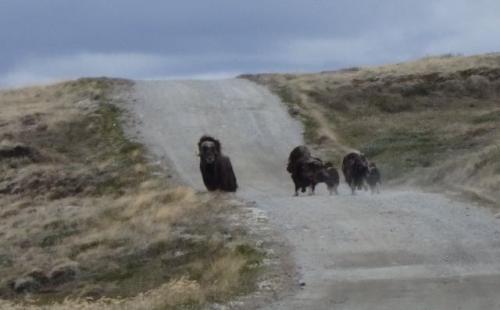
Arctic Scientists
The work of a great many people contributes to our understanding of science in Arctic regions. Even in my short time here, I have met representatives of at least eight different universities, five countries, and the National Science Foundation, all working on dozens of different types of research. They include ecologists, biologists, geologists, and physicists. All are challenging themselves to live and work in difficult conditions in order to gain a clearer understanding of how this system works and what implications Arctic changes have for the rest of the globe.
Flag of the Day
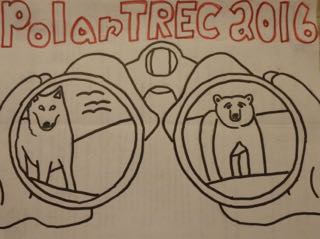


Comments